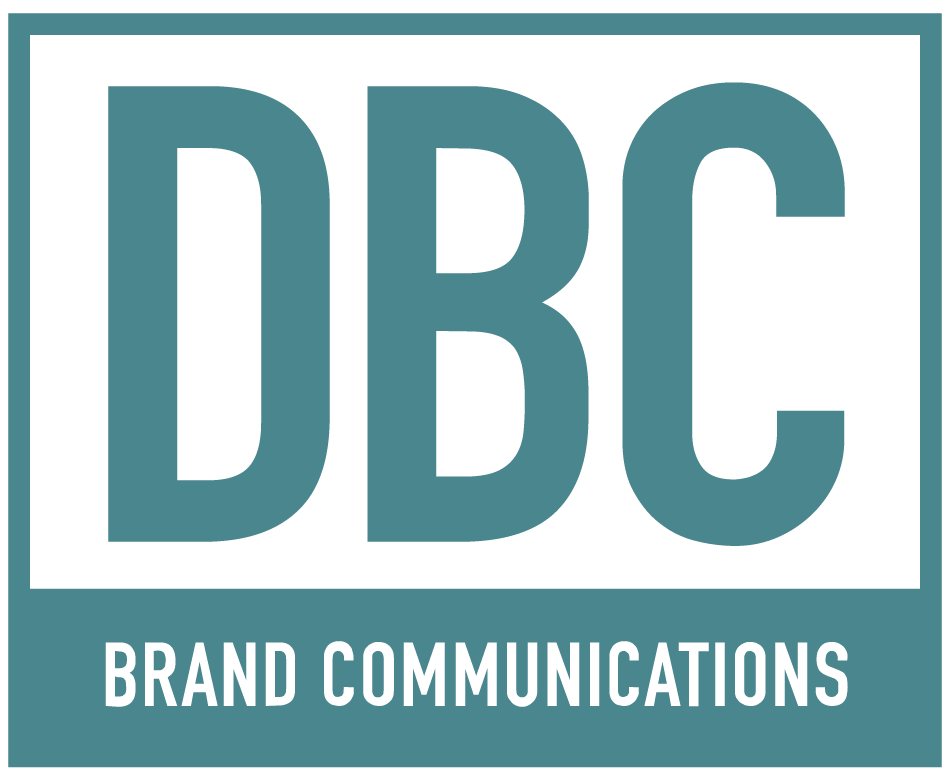In order to maximize the impact of a B2B marketing campaign, messaging needs to engage targets with consistency, frequency and across a variety of touch points important to the audience. To that end, integrated marketing should be a unified and seamless experience. But with so many moving pieces, it can be challenging to create a successful integrated B2B marketing campaign. Here are five best practices that can aid in getting your integrated marketing efforts results.
1. Establish strong brand positioning
Deliver a consistent brand experience across channels by putting forth:
- A well-defined, unique and proprietary brand position that speaks more to your target’s needs than what you offer or sell
- Establish visual brand guidelines that reinforce and illustrate your brand position
- Utilize brand voice guidelines to help ensure consistency of content aligned with your brand across activations
- Know who your buyer is and how they engage with content and where to optimize efforts and messaging
2. Connect with your target audience
Identify what your target audience’s pain points are and what motivates them to take action so that you can create messaging that resonates with them.
Define your target audience on a granular level by taking these steps:
- Research – Conduct market research to identify characteristics such as demographics, industry, company size, and challenges.
- Segmentation – Divide potential customers into different groups based on their characteristics. You’ll be able to create targeted marketing campaigns for each segment
- Personas – Create personas for each segment to tailor messaging that resonates with each group
- Identify buyer touchpoints – Map out the buyer journey for each persona so you can engage with each group and provide the type of content they need at each stage
3. Determine the right marketing channels
The ideal channels for your brand depend on your personas, brand, industry and various other factors. Your integrated marketing campaign should leverage a range of channels, with each working together to create a seamless experience for your audience.
Consider channels that are most effective for your industry and competitors. Common B2B marketing channels include social media, email marketing, content marketing, search engine optimization, pay-per-click advertising, events, and account-based marketing. Develop a multi-channel approach to maximize reach and engagement.
4. Create content for each stage of the buyer’s journey
You can begin creating content based on buyer personas at different stages and tailor that content per channel. B2B customers spend more time in the middle of the buyer’s journey (consideration stage) as they require more nurturing, engagement, and relationship development before becoming a customer.
Awareness stage content:
- Blog posts
- Social media posts
- Whitepapers and eBooks
- Tools and kits
- Videos and webinars
Consideration stage content:
- Comparison guides
- Case studies
Decision stage content:
- Live demos
- Consultation offers
5. Measure success and optimize as needed
Once you’ve executed your integrated marketing campaign, you’ll need to track metrics like website visits, email open rates, download rates of promoted content, engagement rates on targeted pages and any other platform that you’ve incorporated into your campaign.
By examining the campaign as a whole, you’ll be able to see how well your efforts helped to drive conversions and revenue. You’ll also gain insight into your brand’s success and adjust your strategy based on the performance of each channel.

